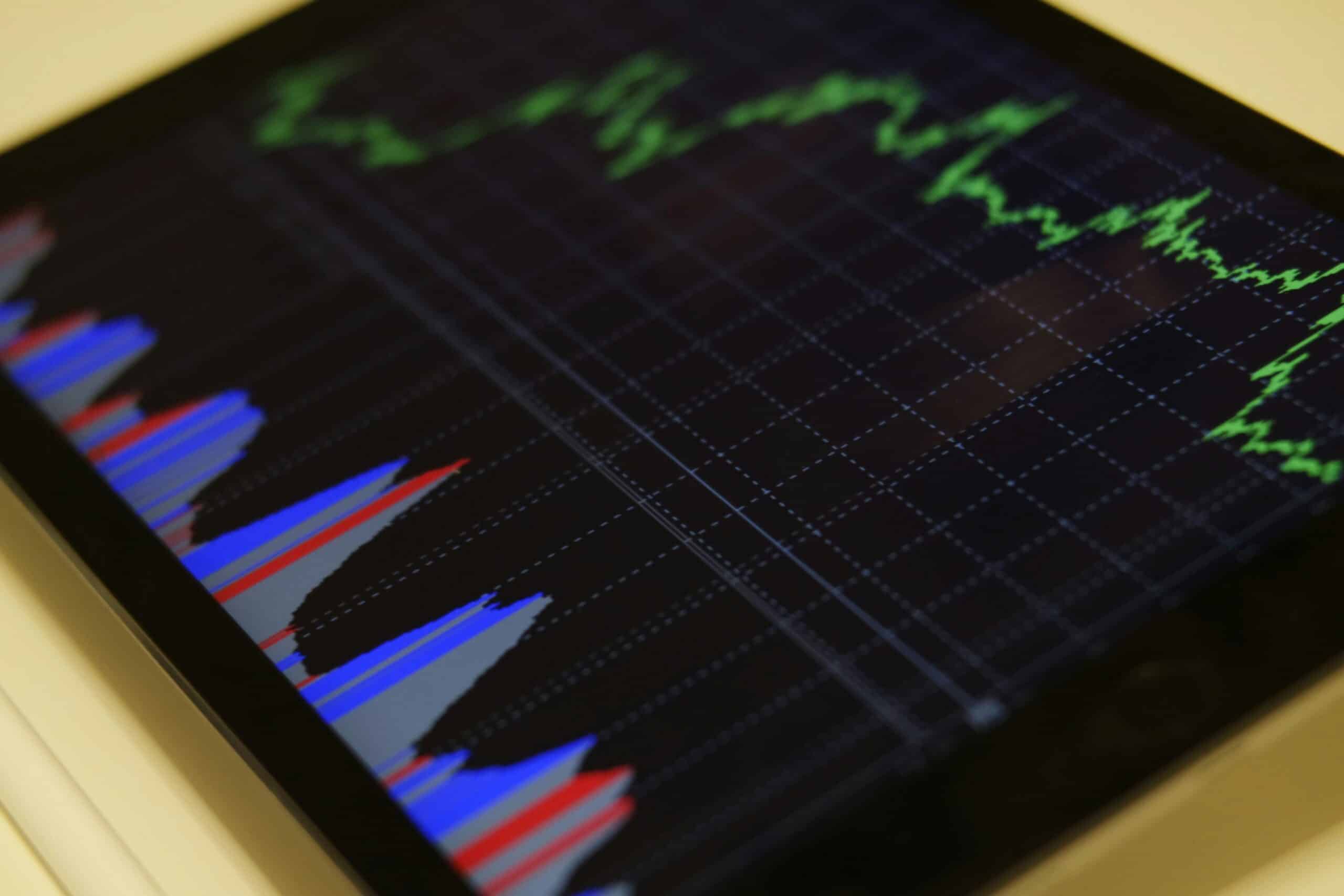In order for digital health to be useful for maintaining and treating people’s health, it is necessary to create an environment for processing such data, a system for proper disclosure of information to those involved in medical and nursing care, based on the premise of ensuring security, and a system for sharing the information held by each stakeholder as needed. It is also important to establish standards that will allow for the sharing of information held by stakeholders as needed. Therefore, Langate company is engaged in providing ehr emr integration api for businesses around the world.
In the future, it is necessary to clearly understand and implement the technical details of these standards, so in this article, Langate will organize the information that will serve as a basis for this effort.
Scope of PHR
The common definition of PHR is broad as “a system that allows individuals to record their own medical information and health-related data and manage it at their fingertips.
In other words, it is not limited to blood pressure, heart rate, blood sugar, number of steps taken, amount of exercise, calories consumed, diet, nutrients ingested, and values of various indicators of health checkups, but also includes hospital test data (including medical images), prescription information, and medical information forms required when making a referral, as long as the data can be “managed at hand”. In fact, the “Health Care” application on iOS is a “health care” application.
In fact, the iOS “Health Care” application can accept and display data handled by hospitals under the name of “medical documents,” and if we consider the meaning of “personal” in a straightforward manner as “a person’s information” instead of narrowly defining it as “a person’s storage,” the definition is naturally derived.
It is indisputable that if the hospital can flexibly refer to the data without limiting how it is handled according to where it is stored, it will be possible to handle necessary information in an integrated manner at any time, contributing to actions and treatments that lead to good health.
Actual operational guidelines and rules
In reality, however, there is a clear distinction between electronic health records (EHR, EMR) and PHRs handled by hospitals, and the rules and methods of handling information for each are becoming different.
- For example, on the PHR side, the Ministry of Economy, Trade, and Industry (METI) is in charge of rule-making and formulated the “Basic Guidelines for the Handling of Information on Health Checkups by Private PHR Providers” in April 2021.
- However, the target businesses are “private businesses that handle information on health checkups, etc.” and do not include businesses that handle mobile health devices.
- The guideline also covers “information on health checkups,” “information that is measured and recorded by the individual,” and “information provided by medical institutions and input by the individual,” which almost excludes importing or incorporating information recorded by medical institutions.
The guideline also calls for “highly compatible general-purpose data files (e.g., HL7CDA, etc.*1)” as the standard for storing information, but it is not particularly mandatory, and, as I repeat, does not cover so-called IoT businesses that sell smartwatches, etc. In other words, the guideline does not cover so-called “IoT businesses” that sell daily vital signs information, such as smartwatches.
This means that if there is a need to transfer daily vital sign information to a device other than the device itself, such as an electronic medical record or some other PHR system, there is a good chance that the data will not be readable and usable.
EHRs (EMRs) handled by medical institutions are not intended to be disclosed directly to patients in the first place. However, the standards for the exchange of information between medical institutions have not yet been established, and the information exchange between medical institutions is not yet fully implemented. However, now we have established a number of standards for information exchange between medical institutions, and it can be said that the conditions for such exchanges have been established to some extent.
In summary, among the data within the scope of what is currently called “PHR,” compatibility may not be guaranteed for vital data that can be measured by mobile devices, and although guidelines recommend standards for medical checkup data and laboratory data, they are not mandatory.
In addition, medical examination data and medical images at medical institutions are not managed by the patients themselves on their own devices.
It should be added that it would be useful if vital data measured by mobile devices could be used for online medical care, but the current guidelines for online medical care do not allow the accumulation of personal patient data for medical care unless it conforms to the security standards required for so-called “medical information systems” for medical institutions, such as ISMS.
However, the current guidelines for online medical care clearly state that “the accumulation and retention of personal patient data related to medical treatment are prohibited” unless it conforms to the security standards required for so-called “medical information systems” for medical institutions, such as ISMS. (Unless a security standard-compliant system such as “Join” is used.)
Compliance with standards
1. HL7CDA, etc. This expression is an example of what is described in the “Basic Guidelines for the Handling of Information on Health Checkups by Private PHR Providers,” but it can be interpreted as a request for compliance with the data linkage standard for medical information, which is an international standard under the name of “HL7. The “HL7” standard has been revised in the following versions as technology progresses: V2, V3 (XML), CDA, and FHIR. The latest FHIR (read as “fire”) was established to facilitate the development of the environment by utilizing Internet communication technology.
2. There are efforts by electronic medication registry service providers to use IC cards as a medium to store information on dispensing and testing (HARUMO). For a period of time, Saga University also developed its own service called “Mirca,” which discloses some medical information to patients via IC cards and smartphone applications. Although the Ministry of Health, Labour, and Welfare (MHLW) established guidelines for electronic prescriptions, they were partially revised in 2020 because no practical examples had been accumulated.
Related Posts




